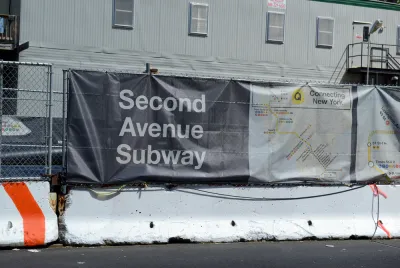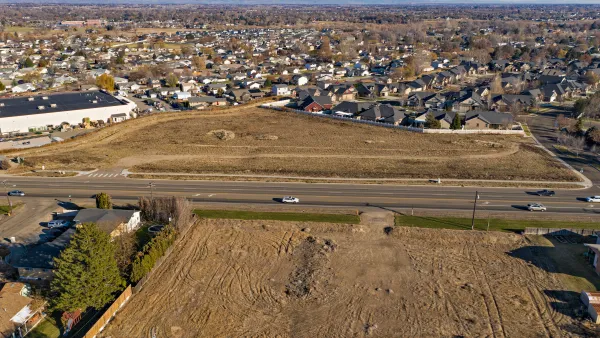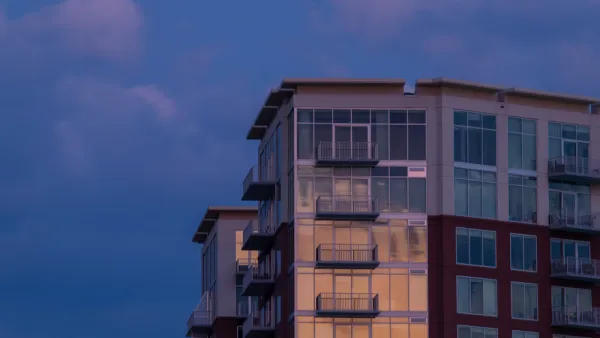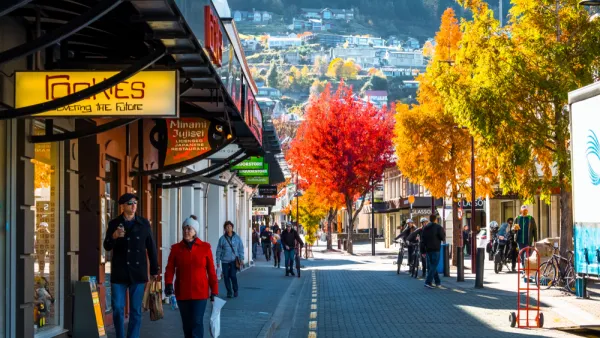Increasing density in the neighborhoods surrounding the new subway stops would bring more affordable, transit-adjacent housing to East Harlem and boost ridership.

Nicholas D. Bloom describes the changes he deems necessary for New York's Second Avenue Subway to have the most positive impact on the surrounding community. "The Second Avenue Subway three-stop extension will likely become the nation’s most expensive urban mass transit project. Still, it will fail to benefit many city residents unless significant zoning changes are made to the neighborhood," writes Bloom.
"High-quality planning and significant upzoning could boost ridership on the new line and remake East Harlem into a place that more comfortably accommodates current and future residents–of all income levels." Bloom points to the first phase of the Second Avenue line, which serves the affluent East Side, a neighborhood "characterized by large apartment buildings permitted primarily by R8 and R10 zoning." Thanks to this high density, the line attracted 200,000 subway riders per day upon its opening.
However, "Extending the subway line in East Harlem along Second Avenue between 96th Street and 125th Streets is a different story. The neighborhood's threadbare low-rise tenements remain a dominant feature." Upzoning these neighborhoods, Bloom argues, would bring more housing near transit and boost ridership. "The rezoning should be at levels similar to the dense neighborhoods (R8-R10) below 96th Street on the Second Avenue Subway corridor. Only much greater residential zoning in East Harlem can attract developers and drive the creation of sufficient market housing to cross-subsidize thousands of additional low-cost units in East Harlem."
Bloom writes, "Leaving current zoning/density in advance of the subway extension is a vote for market-driven gentrification. Big money will inevitably follow the subway lines into East Harlem. Left to their own devices, developers will add few affordable units in new buildings permitted under current zoning."
FULL STORY: How the Next Phase of the Second Avenue Subway Can Build a Better East Harlem

National Parks Layoffs Will Cause Communities to Lose Billions
Thousands of essential park workers were laid off this week, just before the busy spring break season.

Retro-silient?: America’s First “Eco-burb,” The Woodlands Turns 50
A master-planned community north of Houston offers lessons on green infrastructure and resilient design, but falls short of its founder’s lofty affordability and walkability goals.

Delivering for America Plan Will Downgrade Mail Service in at Least 49.5 Percent of Zip Codes
Republican and Democrat lawmakers criticize the plan for its disproportionate negative impact on rural communities.

Test News Post 1
This is a summary

Test News Headline 46
Test for the image on the front page.

Balancing Bombs and Butterflies: How the National Guard Protects a Rare Species
The National Guard at Fort Indiantown Gap uses GIS technology and land management strategies to balance military training with conservation efforts, ensuring the survival of the rare eastern regal fritillary butterfly.
Urban Design for Planners 1: Software Tools
This six-course series explores essential urban design concepts using open source software and equips planners with the tools they need to participate fully in the urban design process.
Planning for Universal Design
Learn the tools for implementing Universal Design in planning regulations.
EMC Planning Group, Inc.
Planetizen
Planetizen
Mpact (formerly Rail~Volution)
Great Falls Development Authority, Inc.
HUDs Office of Policy Development and Research
NYU Wagner Graduate School of Public Service





























